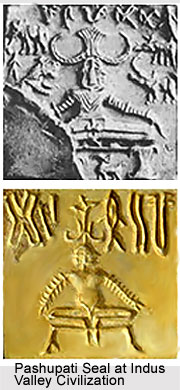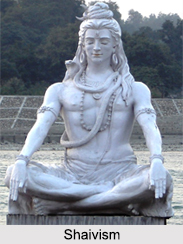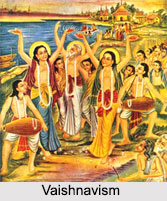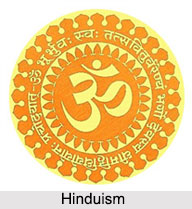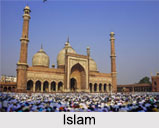There are several structures that constitute the main building. Vastu Shastra has several tips to offer that would help the individual further with the construction of the interior planning of the main building.
Central Portion of the Vastu: The central portion is known as the Brahma. According to Vastu Shastra this portion should never be put to use.
Kitchen Room: These units should be in the south-east corner of the main building or flat. Vastu Shastra has also laid down several rules for constructing the kitchen platform and also for placing micro-oven, mixer, grinder and other appliances.
Bathrooms: If these are located adjacent to the south-east corner in the east direction they will prove very favorable. Toilets and bathrooms should always be separately built. There are certain colors that are required to be avoided while painting these units.
Toilets: These should never be constructed in the center, north-east, south-east and south-west corners. They should always be constructed in the west of the building or the north-west side of the north or the south directions.
Septic Tank: After dividing the north side into 9 equal parts it should be constructed in the third part from the North-West direction. Vastu Shastra offers several tips on constructing this unit in the main building.
Drainage Pipe Line: The pipe lines should have their outlet in the east or the north directions. According to Vastu Shastra outlets should never be in the South.
Place of Idol and Worship: The places of worship should never be constructed in the East, the North or the North-East corners. But these should never be located in the bedrooms. Vastu Shastra also offers tips on where to locate the idols, the Agnikund and the holy scriptures.
Living Room or Drawing Room: Barring the South-East corners these units should be located in the East. Even the furniture should be placed by following the rules of Vastu Shastra.
Bedroom: While planning the construction of the bedroom it should be remembered that Vastu Shastra advises to build it in the North direction of the main building. The room for head of the family should be in a definite direction.
Study Room: This should be built in the West direction leaving the South-West and the North-West corners. Since it is an important unit in a building it should be constructed with precision and care.
Dining Room: The ideal direction to construct the eating area is in the West direction. Vastu Shastra also offers tips to place the furniture in this room.
Strong Room: It is also referred to as Kubera`s place and it should be located in the North direction. There are certain rules regarding its doors and the placing of the safes. If these are followed it will lead generate positive energy.
Store Room or Granary: The store room or the granary should be located in the North-West corner of the main building.
Waste Storage or Lumber Room: The ideal position for the lumber room should be in the South-West corner of the open space around the main building. If this is not possible, it should be at least in the South- West corner within the main building.
Corners of the Open Space around the Structure: There are several corners in a structure and each of this has its own share of advantages and disadvantages. Vastu Shastra speaks about this corners in details.
Verandah: Ideally this unit in a building should be positioned in the East or the North sides of the main structure.
Staircase: It should be located in the South, the West or the South-West corners. In case it is not built in its proper place the consequences can be negative.
Upper Floor: According to the tenets of Vastu Shastra the upper or the first floor should be constructed in the South-West region. A floor also consists of rooms, balconies and other units. Indian Vastu Shastra offers a detailed account of what and where to built on the upper floor.
Basement: Generally Vastu Shastra advises that it is better not to construct basements. Even if they are built in residences or commercial buildings the principles of this ancient science are to be followed.
Over Head Water Tank: This should be located in the West or South-West directions.
Trees around the Building: Planting of big trees in and around the plot should be avoided.
